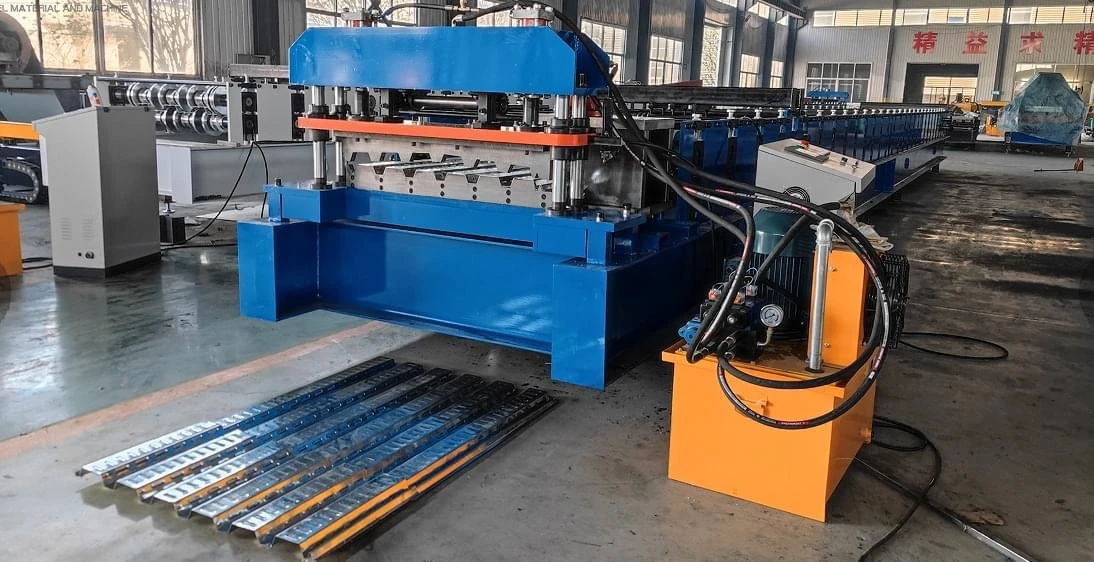metal coil slitter
Understanding Metal Coil Slitters An Overview
In the manufacturing and industrial sectors, efficiency and precision are paramount. One crucial machine that helps achieve these goals is the metal coil slitter. This equipment plays a vital role in processing metal coils used in various applications, from automotive components to appliances. In this article, we will explore what metal coil slitting is, how it works, and its significance in modern manufacturing.
What is Metal Coil Slitting?
Metal coil slitting is the process of cutting wide metal coils into narrower strips. The original coil is usually a rolled sheet of metal, which can vary in thickness, width, and material composition. Common materials that undergo slitting include aluminum, stainless steel, and carbon steel. The slitting process itself is highly precise, allowing manufacturers to obtain strips of various widths according to their specific requirements.
How Does Metal Coil Slitting Work?
The slitting process involves several key components and steps
1. Uncoiling The initial step in slitting involves unrolling the metal coil. This is typically done using a mechanism known as an uncoiler, which supports the coil and allows it to unwind smoothly.
2. Guiding As the metal unwinds, it passes through a series of guiding rollers. These rollers ensure that the coil maintains a straight path and does not deform or twist, which is critical for achieving clean cuts.
3. Slitting Blades The heart of the slitting process lies in the slitting blades. These cutting tools are positioned to slice the metal coil into the desired widths. Depending on the machine setup, the number of blades used can vary, enabling manufacturers to create multiple strips simultaneously.
4. Re-coiling After the blades have made the cuts, the newly created strips are guided into a recoiler. The recoiler winds the narrower strips into new coils, making them easier to handle and transport.
5. Quality Control Throughout the slitting process, quality control is essential. Manufacturers often inspect the strips for dimensional accuracy, surface quality, and any potential defects. This ensures that the final products meet industry standards and customer specifications.
Advantages of Metal Coil Slitting
Metal coil slitting offers several advantages that make it an invaluable process in manufacturing
metal coil slitter

- Versatility Slitting can be applied to various metal materials, allowing manufacturers to work with a range of metals depending on their needs. This versatility extends to different thicknesses and widths, accommodating various applications.
- Precision Modern slitting technology allows for highly precise cuts. This precision is critical in industries where exact measurements are necessary for components to fit together correctly.
- Cost-Effectiveness By producing narrower strips from wider coils, businesses can minimize waste and optimize material usage. This efficiency not only reduces production costs but also lowers the environmental impact associated with metal waste.
- Increased Production Efficiency The automated aspects of metal coil slitting machines enable faster processing times compared to manual cutting methods. This increase in efficiency allows manufacturers to meet high demand and improve their overall output.
Applications of Metal Coil Slitters
Metal coil slitting is used across a multitude of industries. Some notable applications include
- Automotive Industry Manufacturers utilize slitted metal strips for parts such as brackets, chassis, and components that require specific dimensions for assembly.
- Construction and Fabrication In construction, slitted metal is often used for roofing, siding, and structural components, where durability and reliability are crucial.
- Home Appliances From refrigerators to washing machines, metal strips serve as essential components in various home appliances, ensuring functionality and longevity.
- Electronics The electronics industry also benefits from slitted metal for components like heat sinks and casings, where precise measurements are critical for performance.
Conclusion
Metal coil slitting is a vital process in modern manufacturing, enhancing efficiency, precision, and cost-effectiveness across various industries. By understanding the mechanisms and advantages of metal coil slitters, businesses can better appreciate their role in the production process and the significant impact they have on overall manufacturing success. As technology continues to evolve, the capabilities and applications of metal coil slitting are likely to expand, further solidifying its importance in the industrial landscape.
-
Roof Panel Machines: Buying Guide, Types, and PricingNewsJul.04, 2025
-
Purlin Machines: Types, Features, and Pricing GuideNewsJul.04, 2025
-
Metal Embossing Machines: Types, Applications, and Buying GuideNewsJul.04, 2025
-
Gutter Machines: Features, Types, and Cost BreakdownNewsJul.04, 2025
-
Cut to Length Line: Overview, Equipment, and Buying GuideNewsJul.04, 2025
-
Auto Stacker: Features, Applications, and Cost BreakdownNewsJul.04, 2025
-
Top Drywall Profile Machine Models for SaleNewsJun.05, 2025








